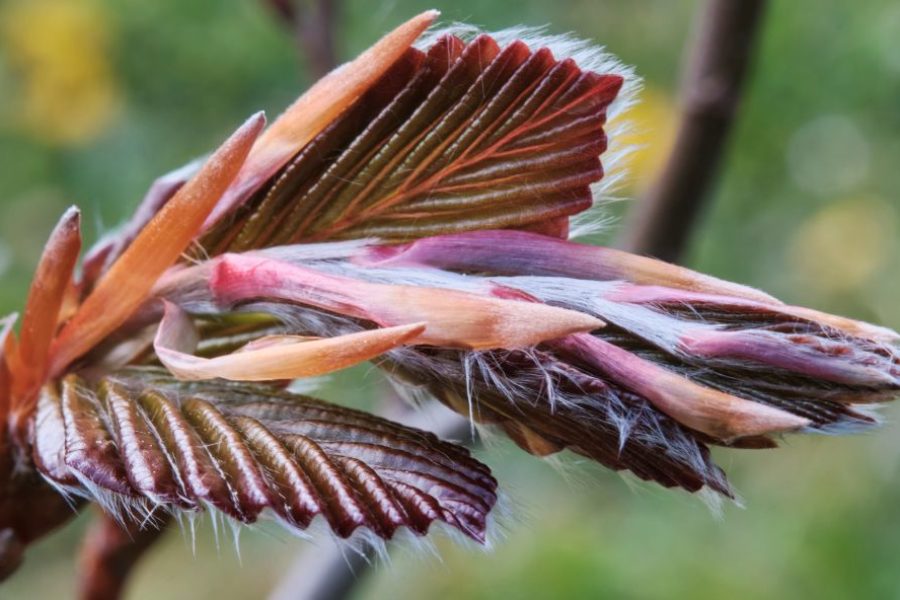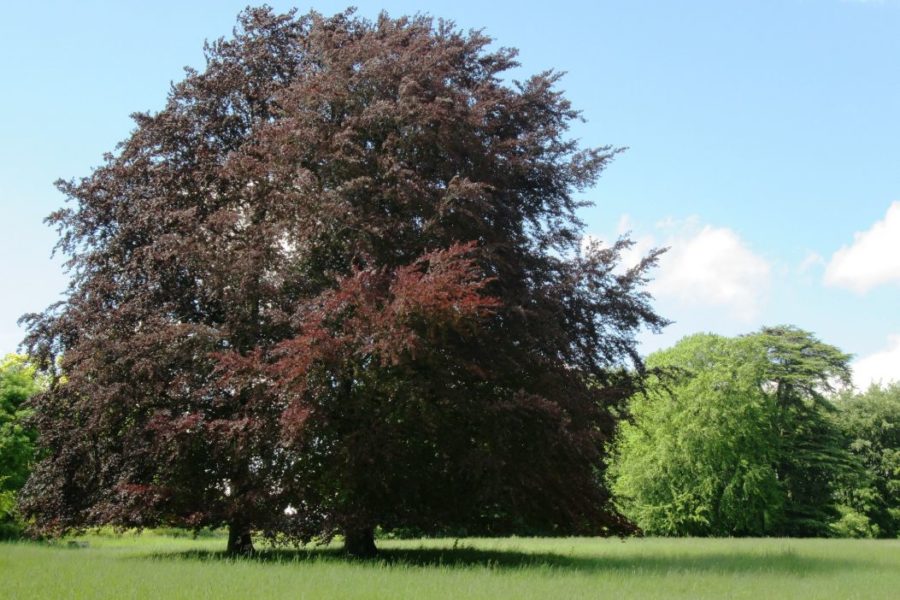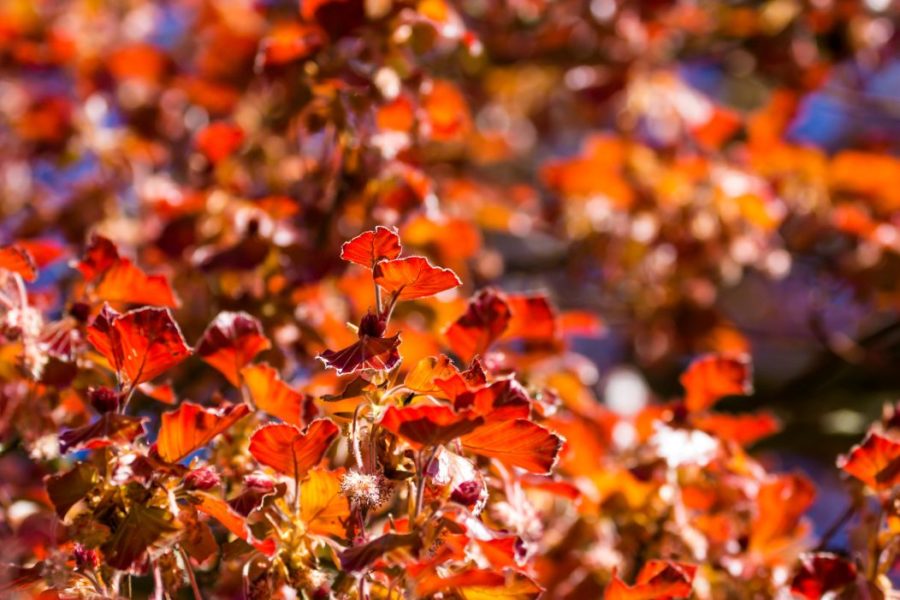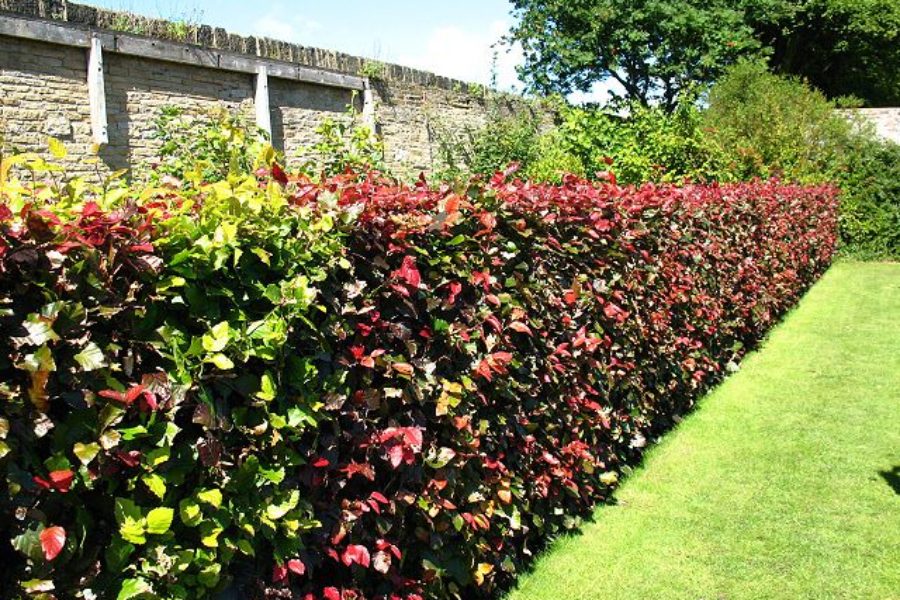Copper Beech (Fagus sylvatica f. purpurea)
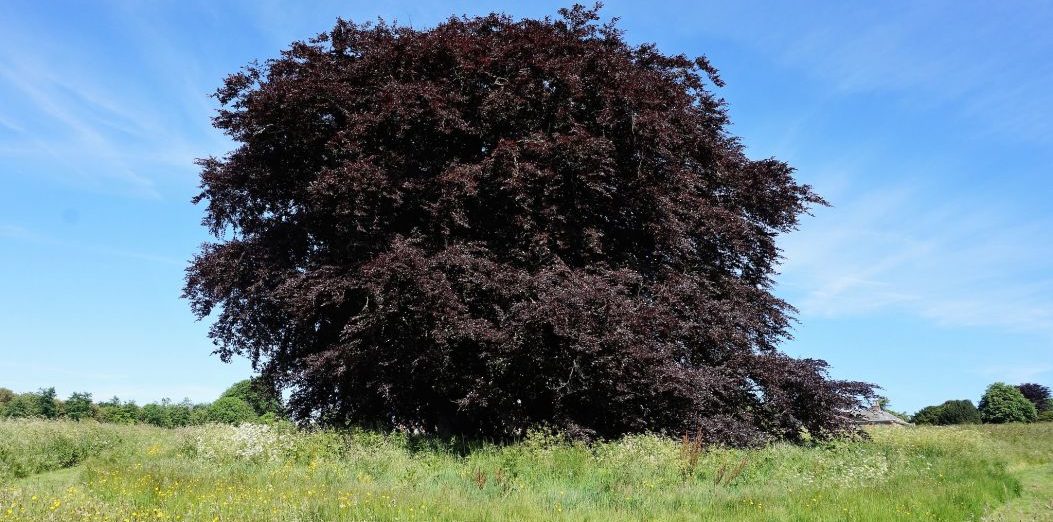
The copper beech, also known as purple beech, has to be one of my favourite trees – I’m fortunate enough to have one in my own garden, planted by the previous owners.
Copper beech fact file
- It’s a cultivated form of the deciduous common beech, so doesn’t occur naturally (although confusingly, copper-coloured beech trees are also found in the wild – a small proportion of seeding common beech trees produce a tree with a purple leaf).
- It is unmistakably an ornamental tree, with it’s stunning deep purple leaves making it a distinctive and dramatic feature in any garden. The leaves change colour through the season – opening to a deep purple in spring, changing to a dark green/bronze during summer, before turning the same warm coppery colour as the common beech in autumn.
- It’s large! It can grow to a height of more than 40m, so as a tree, is generally only good for large gardens. It does make a good hedging plant too though – see below.
- It’s bark is smooth, thin and grey, often with slight horizontal etchings. Twigs are slender and grey, resembling a zig zag shape. Leaf buds are torpedo shaped and coppery, up to 2cm in length, with a distinctive criss-cross pattern.
- The wood burns well and was traditionally used to smoke herring!
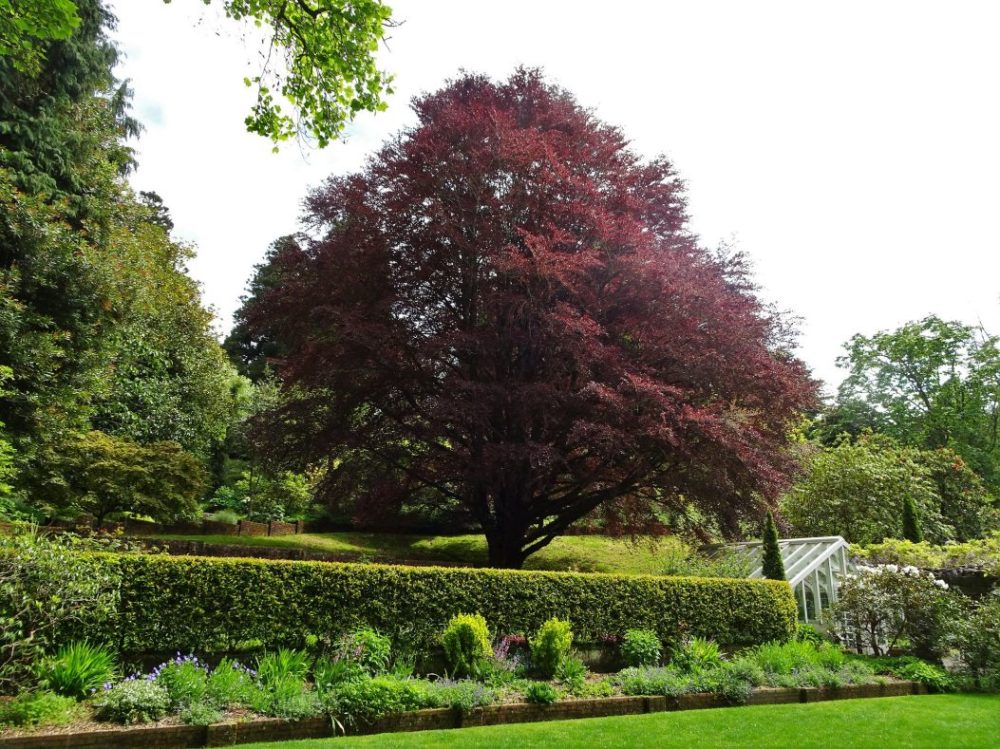
Where & why to use a copper beech tree
The copper beech is a large, majestic tree – so it’s best as a statement piece in large gardens and estates. A great choice if you like the colour purple! It’s colour also means that it’s fantastic for creating contrast in Spring, with it’s dark purple leaves drawing the eye to it. Sometimes growing to 40m+, it needs space! But if you’re the owner of a small garden fret not – copper beech is also fantastic for hedging – see below.
Copper beech prefers well drained and fertile, calcified or lightly acidic ground. It doesn’t perform well on heavy clay or light sand. Ideally it should be planted in full sun to thrive – and to make the most of the effect of dappled sunlight shining through the leaf canopy!
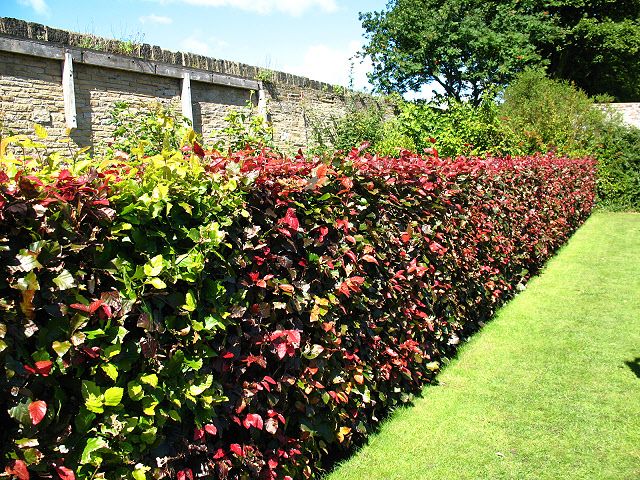
A great choice for a screening hedge
At 40m+, planting a copper beech tree in a smaller garden will rarely be a good plan. But copper beech also makes a good hedging plant, providing a bit of variety from the normal greens and silvers, and also acting as a fantastic backdrop for brightly coloured flowers.
As a hedge, it can be cut back hard – always handy. And if clipped in summer, it doesn’t shed its leaves – so provides a year-round dense screen, a great habitat for garden birds.
Image Credits: Leimenide, Josef Laimer, Leimenide, Susanne Nilsson, Stephen Craven, denisbin
